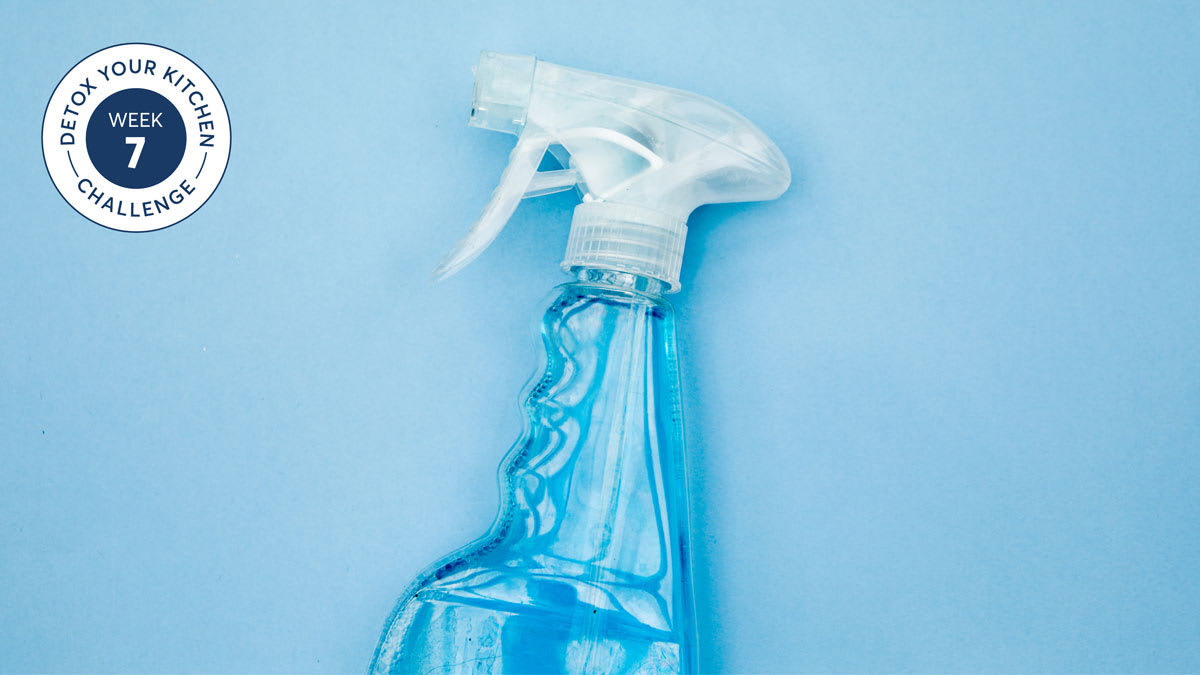
Safer Ways to Clean Your Kitchen
- 24.03.2025 12:10
- consumerreports.org
- Keywords: Toxic Chemicals, Birth Defects
The article offers tips for choosing non-toxic kitchen cleaning products, avoiding harmful chemicals, reducing plastic use, and making homemade cleaners to create a safer home environment.